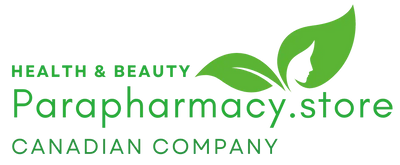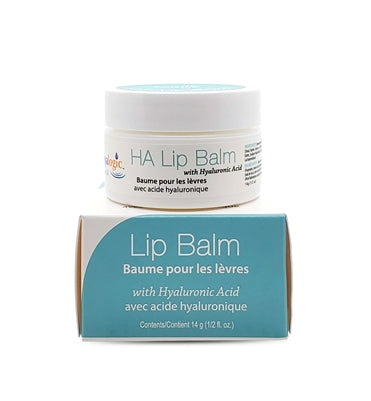Totally calm with sophrology
Everything calmly under control, stress and emotions to experience your pregnancy and delivery in absolute calm: this is the promise of sophrology.
A wonderful technique combining muscular relaxation, deep breathing and positive mental concentration.
Your ally for a Zen yet invigorating pregnancy More than a therapy, sophrology is an art for living (better) from day to day. It offers many benefits both during and after pregnancy...
For a better recovery: By acting on mental and muscular relaxation, it makes the body rest to optimize recovery, in particular through good quality sleep.
To handle your emotions better: By working on visualization, it successfully conquers stress, programs the emotions that undermine calm and therefore limits toxic effects (headaches, back pain, digestive troubles, skin irritations, etc.).
To recover self-confidence: By providing tools to replace negative feelings with positive projections, it restores self confidence and optimism, the pillars of harmony and good health.
To better prepare for the birth: The conventional preparation already borrows a lot from sophrology.
From the fourth month onwards, you can find out more about this technique by seeking the advice of a midwife trained in sophrology (ask for information at the maternity clinic) to cope better with stress and contractions.
The basis: breathing and visualization Combining muscle relaxation with the benefits of deep breathing and positive visualization, sophrology really does possess the power to reduce stress levels.
With regular practice, daily life becomes calmer and you will master the tools of the method for use naturally on the day of the birth. The key to abdominal breathing The mind has an influence on the rate of breathing and vice versa. Instead of breathing into the upper part of the lungs (limited by the thoracic cage), it is better to breathe from your stomach.
This way, the lungs and diaphragm are mobilized to a greater extent. As a result, the cells are better oxygenated, the heart rate drops and you recover concentration and control of your emotions.
This abdominal breathing can be practiced two or three times a day to train yourself, or on demand in the event of stress, fatigue or anxiety. In practice: Sitting or lying comfortably, one hand on your stomach, eyes closed, relax your muscles, your jaw. Breathe in slowly twice through the nose, filling your abdomen and then the chest area; relax your shoulders.
Then breathe in naturally from the abdomen gradually lengthening the exhalation time. Repeat for two to three minutes and then open your eyes.
The secrets of visualization Trying not to stress is no use: negative imagination is always stronger unless it is countered by positive visualization, which short-circuits the process and boosts confidence. It can be practiced from the viewpoint of the actor (feeling the movements) or the spectator (you see yourself acting).
In order to relax, you can see a wonderful landscape that you would like your child to discover. And to boost your self confidence, visualize a success that is precious to you such as your baby developing well. In practice : Make yourself comfortable, eyes closed, breathe slowly into your abdomen through your nose, breathe out slowly and repeat three times.
Breathe regularly and relax your face, from the forehead to the shoulders. Then activate the visualization by taking time to fully experience it, then let the images fade. Take two deep breaths, stretch before opening your eyes.














